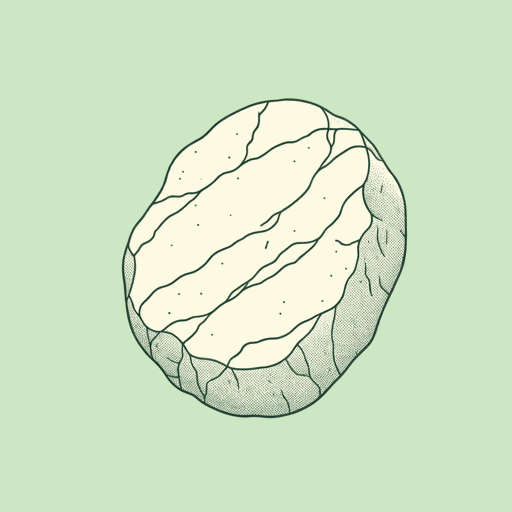50 pages • 1 hour read
Annie DillardTeaching a Stone to Talk: Expeditions and Encounters
Nonfiction | Book | Adult | Published in 1982A modern alternative to SparkNotes and CliffsNotes, SuperSummary offers high-quality Study Guides with detailed chapter summaries and analysis of major themes, characters, and more.
Symbols & Motifs
The Clown Painting
In Chapter 1, Dillard describes a strange painting on the wall in her hotel room, “the sort of which you do not intend to look at, and which, alas, you never forget” (1). The painting of a clown, its features formed by a variety of produce—cabbage, carrots, string beans, parsley, chili peppers—lingers with Dillard long after she leaves the hotel. Though she goes on to have a profound experience viewing the total eclipse, the moment is almost overshadowed by the strangeness of this painting. Dillard writes:
Some tasteless fate presses it upon you; it becomes part of the complex interior junk you carry with you wherever you go. Two years have passed since the total eclipse of which I write. During those years I have forgotten, I assume, a great many things I wanted to remember—but I have not forgotten that clown painting or its lunatic setting in the old hotel (1).
Though the painting plays a small role in the essay, Dillard includes this moment as a reference to the strangeness of memory. The mind often creates strange associations between events of importance and sometimes mundane, sometimes bizarre people, places, or things connected to them.
Related Titles
By Annie Dillard







